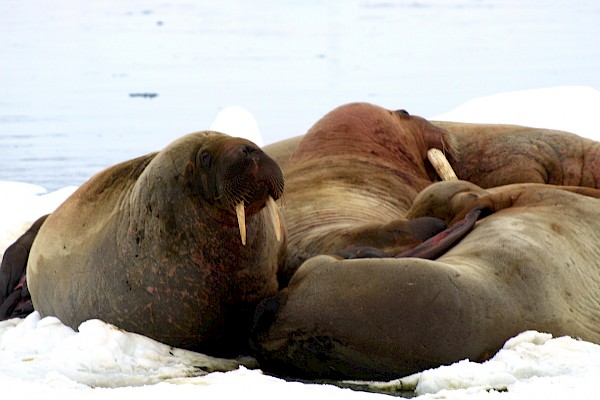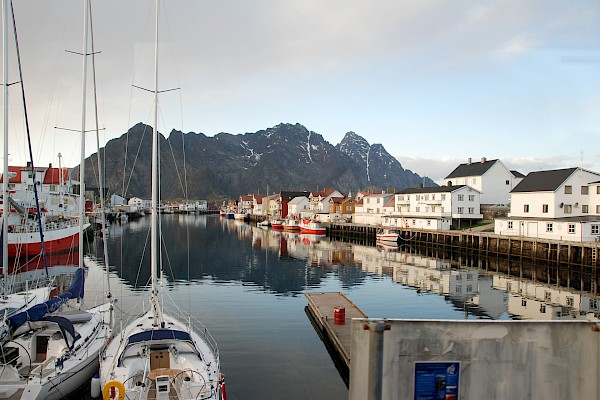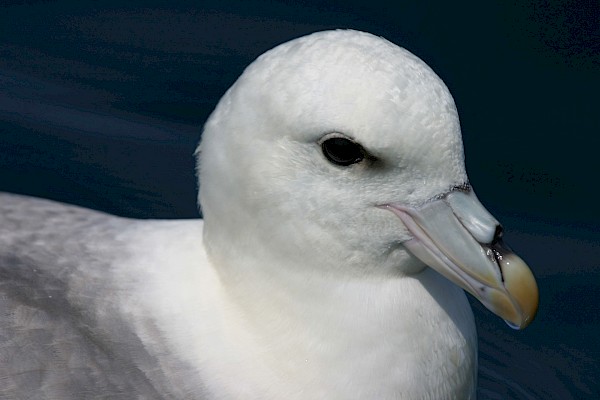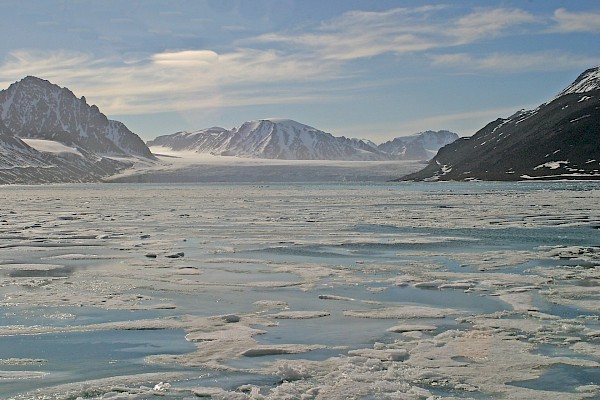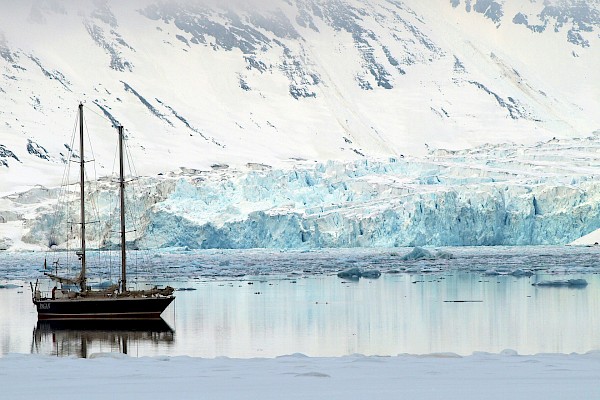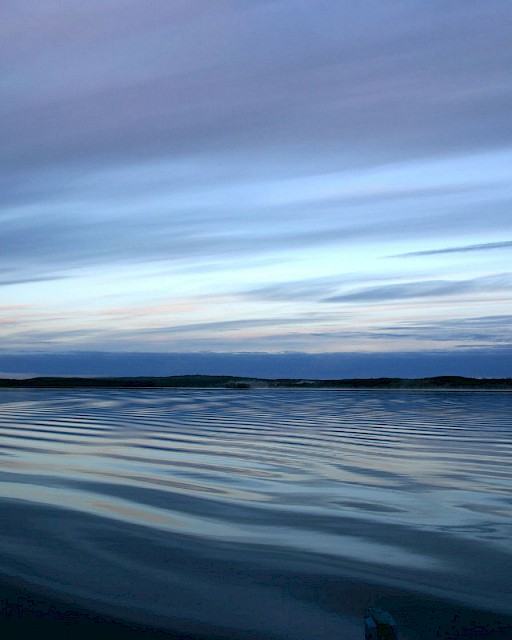Region I: Arctic Waters
Region I is the most northerly OSPAR region, characterised by its harsh climate and ice coverage although the ecosystems of this region are still rich. In spite of its low population density, human activities such as fishing and offshore petroleum production remain significant.
Region I constitutes approximately 40% of the OSPAR maritime area. The region is characterised by a relatively harsh climate with extreme variations in light, temperature and ice cover. The flow of oceanic water through Region I is dominated by the so called "Global Conveyor Belt" with warmer surface water arriving in the region in the east, sinking at high latitudes and dense cold deep water flowing southward through the Denmark Strait in the west.
Region I has a very low population density inhabited by a total population of 2.6 million. As a result, impacts of human activities related to settlements are relatively small and mostly local although there are significant fishing and petroleum industries in this region. The offshore industry is of importance both in the Norwegian and Russian sectors of Region I and ocean fisheries are significant in Iceland, The Faroe Islands, Norway and the north-western part of the Russian Federation.
In Region I there are six species of fish that support the major fisheries in the Nordic and Barents Sea: cod, saithe, haddock, blue whiting, herring and capelin. Importantly, major spawning grounds for these and other commercially important fish exist along the continental shelves along the Nordic countries. The European Arctic is also one of the most abundant seabird regions in the world with a breeding population of more than 25 million surface feeders (such as gulls, or fulmars) and pursuit diving subsurface feeders (such as Brünnich's guillemot).
In parts of Region I ice-cover occurs seasonally. The ice and ice-melt have a large influence on ecological conditions. The melting of the ice in spring and summer typically coincides with a sudden increase in light and a resultant burst of plant growth in the form of an ice edge bloom. This supports large populations of fish, marine mammals and birds.
A number of whale species are found in Region I including: minke whale, fin whale, blue whale, pilot whale and sperm whale, northern right whale and bowhead whale. Six species of seal, as well as the walrus, are found in the region: the common harbour seal, the grey seal, the harp seal, the hooded seal, the ringed seal and the bearded seal.

